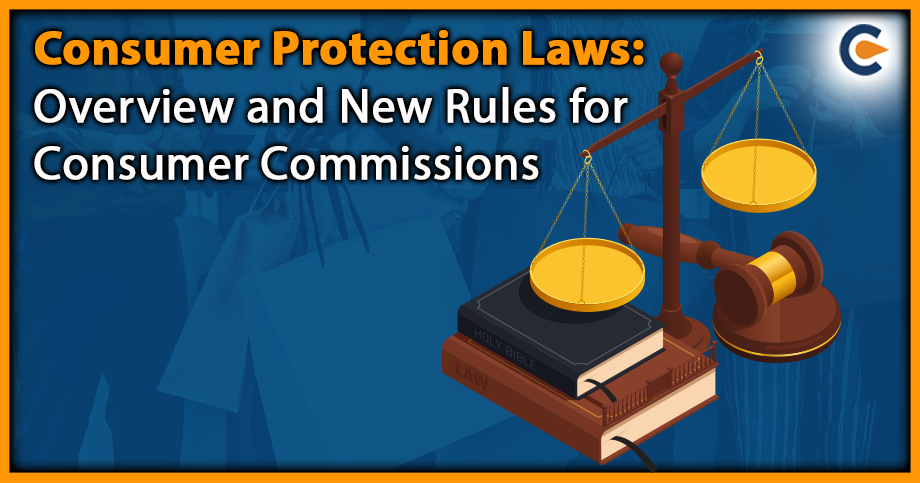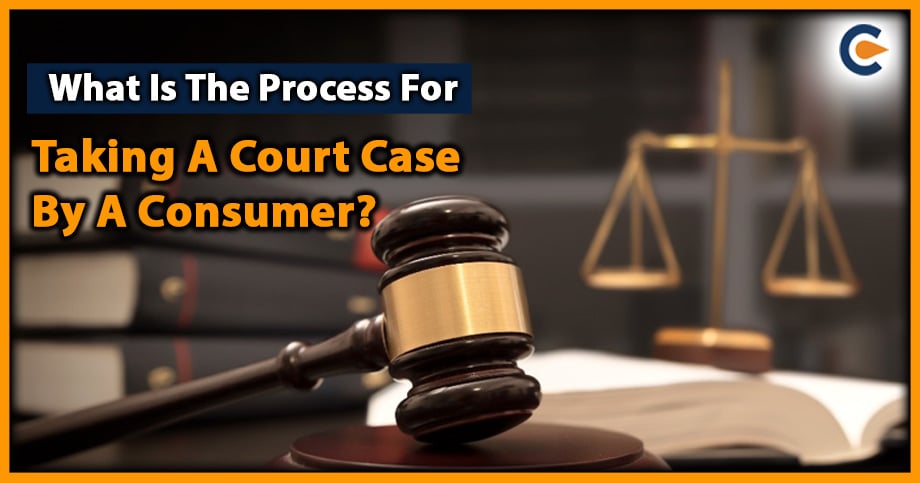Customer Complaints are the most effective way to ensure quality. It will be impossible for your company to grow and succeed without their help. Client complaints must be addressed because they present opportunity to improve the customer experience. Continue reading to learn more about the various customer concerns in depth. As a result, the most successful businesses devote time, effort and resources to resolving customer complaints.
Whatever your line of work, you will have to deal with customer complaints. Even if everything about your business is perfect, one of your customers might eventually run into a problem that calls for the support of your customer service team. Your customer service representatives can make or break the client experience during these crucial times.
You must prepare your representatives for situations involving challenging or angry customers. If you want to increase customer retention. We will discuss the various customer complaints in this post, along with the actions your team can take to address each one.
Who is Customer?
“An individual or business that purchases another company’s good or services.”
A Customer[1] is a person or organisation that makes a purchase from another business. Customers are crucial to businesses because they bring in money; they are essential to their survival. All businesses compete for customers by making aggressive product advertisements, lowering prices to attract more customers or creating distinctive goods and services that customers enjoy.
Customer Complaints and Problems Types –
- The First Call Did Not Result In a Resolution
When. The customer call customer service team, they expect the problem to resolve on the first call. As per statistics, if the service request is fulfilled on the first engagement, customer turnover is reduced more than half percent.
- Having Clients Re-Experience Their Problem
Customers dislike having to explain their problems to your representatives. When this happens, they either deal with an agent who is not paying close attention or are transferred to new representative when it occurs. Customers find it time consuming and frustrating to have to describe their problems.
- Taking a Long Time to Respond
Customers want quick response and cannot afford to spend hours starting at their phones. When a customer calls you with a complaint, they are already upset. When they are placed on hold or made to wait for extended period of time, their issue frequently gets worse. If customer believes they have spent an unreasonable amount of time on hold, they will notify you.
- Defective or Damaged Item
When a product malfunctions or breaks, you can expect to hear about it. It may not be you fault because the customer might have the wrong item or used it improperly.
- Disinterested Customer Service Representatives
No matter their tone, demeanour, or even the time of day, some customers will just not get along with your customer service agents. Some clients assume that that a representative’s refusal to comply with their requests means that they don’t care about their circumstance. Although occasionally true, there are times when customers have higher expectations than your staff is able to fulfil. Whatever the issue, your company’s reputation suffers when your salespeople don’t seem interested in what they are doing.
- Insufficient Quality or Service
If your product fails, you can expect your customer to complain. In other cases, the issue is not with the product itself, but with the customer’s lack of knowledge about how to use it. Customers may not always be a good fit for your product or service, but if their needs are not met, they will hold your business back. Regardless of how they arrived at this conclusion, your employees must understand how to prevent customers from using the services of your rivals.
- The Need for a New Services
Even Though it’s not necessarily a complaint, customers service representative deal with this frequently. If your offering doesn’t completely satisfy all of their needs, customers frequently ask if they can suggest a new services. The majority of them cater to niche use cases that don’t apply to the majority of your clients, despite the fact that some of them are useful.
- Insufficient Follow-Up
When you do need to follow up on a case, customer frequently have different expectations for your follow-up communications. Some clients will be impatient, while others will look forward to a steady stream of updates. If your representatives aren’t consistently upfront about response times, your customers might think you are forgotten about their case.
How to Address Customers Complaints and Problems
When dealing with a daily stream of customer needs, trying to create a plan to address the incoming complaints can be overwhelming. But it is not impossible. These actions will allow your service teams to their best work. Along with the specific advice on how to handle customer complaints mentioned above, there are a few basic recommendations that can be applied to any customer complaint situation.
- Easily Accessible Solution
Your top performance need to be released because your customers probably require speed. A searchable and accessible knowledge base helps both agents and clients quickly find the information they require. When agents can quickly locate the solutions they require, they can provide support more quickly and have more time to work on more challenging issues. A readily accessible knowledge base can also give users the assurance they need to solve problems on their own. To help users find what they’re looking for, use chatbots and keywords, and organise your knowledge index to be as efficient as possible.
- Ensure That the Customer Receives Relevant Data throughout All Channels
Customers who are asked to repeat themselves repeatedly throughout the complaint procedure might stop trusting your service altogether. Give your team access to integrated support software that centralise all customers data. As a result, agents are able to discover pertinent information about each customer as soon as they start speaking with them, including their complaint, contact information, and purchase history. Regardless of the customer’s preferred mode of interaction, the conversation can go on.
- Analysing Complaint Data
Individual customer complaints are not isolated occurrences. When a customer is having a problem, it is likely that other customers have also encountered the same issue. Keep track of all incoming orders using customer service software so you can identify trends. Use that information to reinforce customer feedback and improve the client experience overall.
- Recognize Your Customer Group
Even irritated customers do not all want the same thing, so there isn’t a universal solution for handling customer complaints. Some people prefer a refund, while others value an apology more. The appropriate response will depend on the kind of customer and the particular circumstance.
- Establish the Proper Voice Tone
It can be challenging to remain calm when interacting with an agitated buyer, agents must do so. Agents must be aware that aggressive customers can be similarly temperamental. Agents must make an efforts to defuse a situation with measured reactions while maintaining their humanity. Be compassionate, inquisitive, hospitable and knowledgeable.
- Make Use of Introspective Listening
One of the most important things someone wants when they are sad is to feel heard. With this in mind, don’t try to fix consumer concerns until you’ve thoroughly investigated them. Begin by being present and practising introspective listening. Repeat the customer’s complaint to ensure you understand.
- Make Use of Introspective Listening
Recognize their frustrations. Customers may become dissatisfied for reasons beyond your control. Sometimes, though, you will be in the wrong. Accepting responsibility for your actions communicates that your company values integrity, which increases customer trust in you.
- Have Reasonable Expectations
Make it clear to consumers how long it may take to remedy their issue or how much you can help them – and don’t make promises you can’t meet. If people know what to expect from the start, they usually understand if an agent can’t give them everything they want.
- Provide a Solution
Once you’ve identified the issue, follow up and choose the appropriate course of action—whether that’s walking the consumer through troubleshooting procedures, delivering a new product, issuing a refund, or sincerely apologising when you can’t provide what they expected. Offer them something that will make them feel better about the services.
- Document the Complaint
When you’ve resolved the issue, take the time to learn from your mistakes and assist others in doing the same. Record it in an internal database so that you may use it to influence future decisions and allow other agents to use it as an example if they encounter a similar circumstance.
This lets you help customers better and faster while also keeping track of important data that can alert you to a bigger problem if you get service requests or complaints about the same issue over and over again.
Conclusion
Not every customer complaint will ultimately be resolved satisfactorily, and some customers may still leave angry. However, if you want to reduce the number of times that this happens, you must provide a fantastic experience. Customer complaints are unavoidable, and businesses are judged based on how they handle them rather than whether or not they receive them (every business does). Your bottom line should benefit if you handle customer complaints well because satisfied customers are more profitable.











